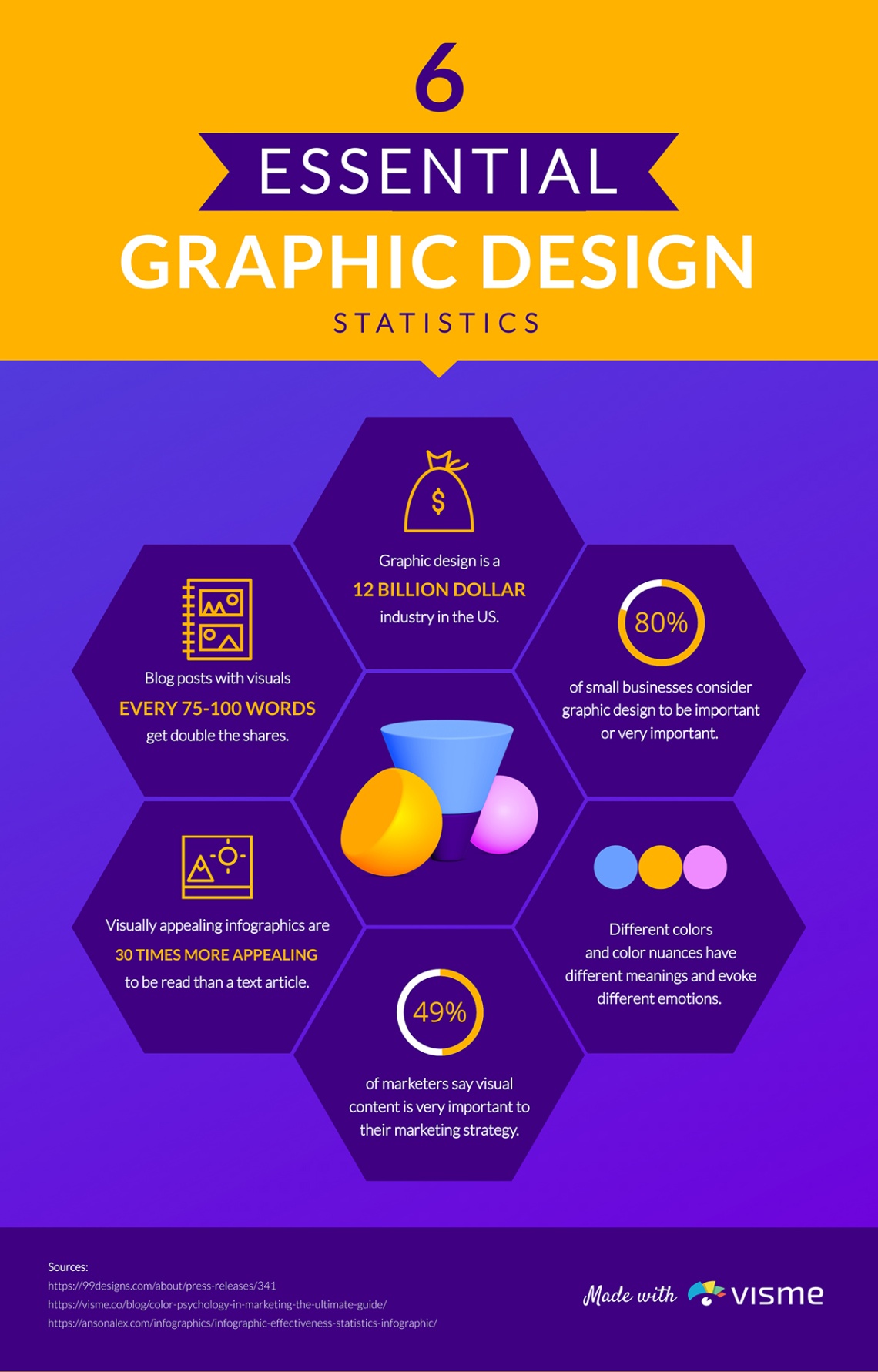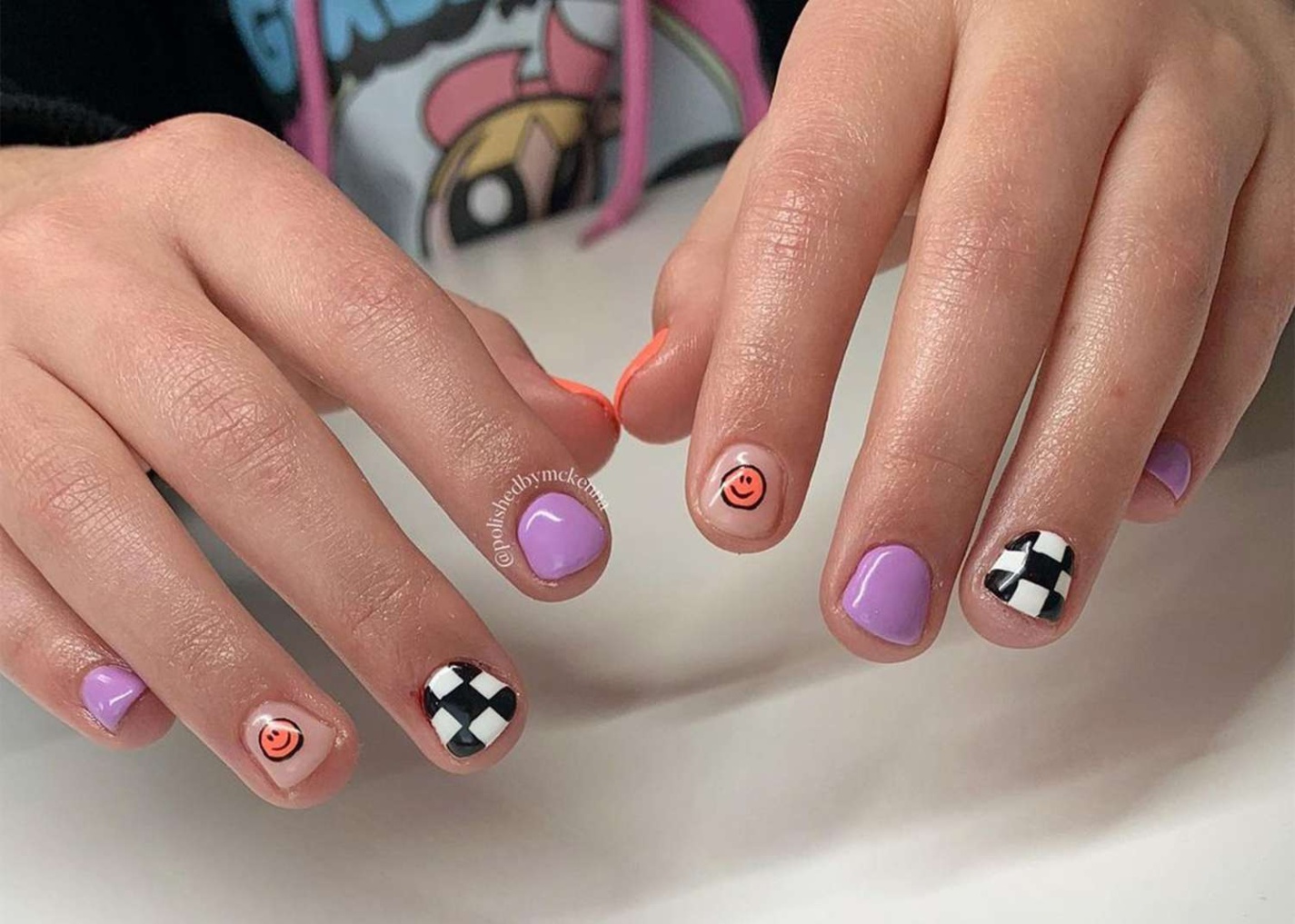Let’s Dive In: Graphic Design for Beginners!
Welcome to the exciting world of graphic design! If you’ve ever been drawn to the creative side of things, graphic design may just be the perfect outlet for you. Whether you’re looking to create stunning visuals for personal projects or hoping to dive into a new career path, graphic design offers endless possibilities for exploration and creativity.
![what is graphic designing Niche Utama Home What is Graphic Design? Ep/ [Beginners Guide to Graphic Design] what is graphic designing Niche Utama Home What is Graphic Design? Ep/ [Beginners Guide to Graphic Design]](https://comforterinsight.com/wp-content/uploads/2024/04/niche-utama-home-what-is-graphic-design-ep-beginners-guide-to-graphic-design.jpg)
Image Source: ytimg.com
So, what exactly is graphic design? In layman’s terms, graphic design is the art of combining text and images to communicate a message or idea. It involves using a variety of tools and techniques to create visually appealing designs that capture the attention of viewers. From logos and branding to posters and websites, graphic design plays a crucial role in shaping the way we interact with the world around us.
As a beginner in the world of graphic design, it’s important to start by familiarizing yourself with the basic principles and elements of design. These include concepts such as balance, contrast, alignment, and proximity, which help to create visually harmonious compositions. By understanding these principles, you’ll be better equipped to create designs that are not only aesthetically pleasing but also effectively convey your intended message.

Image Source: visme.co
One of the key tools of graphic design is typography, or the art of arranging and styling text. Choosing the right fonts, sizes, and spacing can have a significant impact on the overall look and feel of your designs. Experimenting with different typefaces and layouts can help you develop a keen eye for typography and enhance the visual appeal of your work.
In addition to typography, color theory is another fundamental aspect of graphic design that beginners should explore. Colors have the power to evoke emotions, convey meaning, and create visual interest. By understanding the principles of color theory, you can create designs that are not only visually striking but also effectively communicate your message to your audience.
When it comes to creating digital designs, mastering design software is essential. Programs like Adobe Photoshop, Illustrator, and InDesign are industry standards for graphic designers and offer a wide range of tools and features for creating professional-quality designs. While these programs may seem daunting at first, with practice and patience, you’ll soon become proficient in using them to bring your creative visions to life.
As you embark on your graphic design journey, don’t be afraid to experiment and push your creative boundaries. The beauty of graphic design is that there are no limits to what you can create – whether you’re designing a logo, a poster, or a website, the possibilities are endless. By allowing yourself to explore and play with different styles, techniques, and ideas, you’ll not only hone your skills as a designer but also discover your unique artistic voice.
In conclusion, graphic design is a dynamic and exciting field that offers endless opportunities for creativity and self-expression. By familiarizing yourself with the basic principles of design, mastering essential tools and software, and allowing yourself the freedom to experiment and innovate, you’ll be well on your way to becoming a skilled graphic designer. So, roll up your sleeves, unleash your creativity, and let’s dive into the world of graphic design together!
Unleash Your Inner Artist with Graphic Design
Are you ready to unleash your inner artist and dive into the world of graphic design? Graphic design is a creative and exciting field that allows you to express yourself through visual communication. Whether you’re a beginner or have some experience, there are endless possibilities to explore and create in the world of graphic design.
Graphic design is all about combining text, images, and other visual elements to communicate a message. It is a powerful tool that can be used to inform, persuade, or simply entertain. From designing logos and websites to creating posters and advertisements, graphic design plays a key role in our everyday lives.
One of the best things about graphic design is that you don’t need to be a professional artist to get started. With a little creativity and some basic knowledge of design principles, anyone can create stunning graphics. So, let’s take a closer look at how you can unleash your inner artist with graphic design.
First and foremost, it’s important to understand the basic principles of design. These include concepts such as balance, contrast, alignment, and hierarchy. By mastering these principles, you can create visually appealing designs that effectively communicate your message.
Next, you’ll need to familiarize yourself with design tools and software. Programs like Adobe Photoshop, Illustrator, and InDesign are industry standards and offer a wide range of features for creating professional-quality graphics. Don’t be intimidated if you’re new to these tools – there are plenty of tutorials and resources available to help you get started.
Once you’ve got a handle on the basics, it’s time to let your creativity run wild. Experiment with different colors, fonts, and layouts to see what works best for your design. Don’t be afraid to try new things and push the boundaries of traditional design – after all, that’s what creativity is all about!
Graphic design is a constantly evolving field, so it’s important to stay up-to-date with the latest trends and techniques. Follow design blogs, attend workshops, and participate in online communities to connect with other designers and learn from their experiences.
Another important aspect of graphic design is understanding your audience. Who are you creating for? What message do you want to convey? By keeping your target audience in mind, you can tailor your designs to effectively communicate with them and make a lasting impression.
In addition to creating visual designs, graphic designers also play a crucial role in branding and marketing. Logos, business cards, websites – all of these elements are essential for establishing a strong brand identity and attracting customers. By combining creativity with strategic thinking, graphic designers can help businesses stand out in a crowded marketplace.
So, whether you’re a beginner or a seasoned pro, there’s never been a better time to unleash your inner artist and explore the world of graphic design. With a little creativity, passion, and determination, the possibilities are endless. So, what are you waiting for? Get out there and start creating!
The Magic of Visual Communication: Graphic Design
Graphic design is a fascinating field that combines creativity, technology, and visual communication to create stunning designs that captivate audiences. From logos and branding to websites and advertisements, graphic design plays a crucial role in shaping how we perceive and interact with the world around us.
At its core, graphic design is all about visual communication. It is the art of using colors, shapes, images, and typography to convey a message or tell a story. Whether it’s through a simple logo or a complex website layout, graphic designers use their skills to make information more accessible, engaging, and memorable.
One of the key aspects of graphic design is understanding the principles of design. These principles, such as balance, contrast, and hierarchy, help designers create visually appealing and effective designs. By carefully considering how elements are arranged on a page, a designer can guide the viewer’s eye and create a sense of order and harmony.
Color theory is another important aspect of graphic design. Colors have the power to evoke emotions, convey meaning, and influence behavior. By choosing the right color palette for a design, a designer can create a mood, establish a brand identity, or make information more digestible.
Typography is also a crucial element of graphic design. The choice of fonts and how they are used can greatly impact the readability and aesthetic appeal of a design. From bold and attention-grabbing headlines to elegant and easy-to-read body text, typography plays a key role in shaping how a message is perceived.
In addition to design principles, color theory, and typography, graphic designers also need to have a good understanding of software tools and technology. Programs like Adobe Photoshop, Illustrator, and InDesign are essential for creating and editing digital designs. Understanding how to use these tools effectively can make the design process more efficient and help designers bring their creative visions to life.
But graphic design is not just about technical skills and knowledge – it’s also about creativity and innovation. The best graphic designers are constantly pushing the boundaries of design, experimenting with new ideas, and finding fresh ways to communicate visually. Whether it’s creating a unique logo for a startup company or designing a visually stunning poster for a music festival, graphic designers have the opportunity to unleash their creativity and make a real impact.
And the beauty of graphic design is that it is a versatile and ever-evolving field. As technology advances and design trends change, there are always new opportunities for designers to explore and grow. Whether you’re a beginner just starting out or a seasoned pro looking to expand your skills, there is always something new to learn and discover in the world of graphic design.
So, if you have a passion for creativity, a love of visual communication, and a desire to make a difference through design, then graphic design might just be the perfect field for you. With its endless possibilities and opportunities for innovation, graphic design offers a unique and exciting way to explore the world of visual communication in all its magic and wonder.
Painting with Pixels: A Beginner’s Guide to Graphic Design
Graphic design is a fascinating world where creativity knows no bounds. It is a form of visual communication that involves combining images, text, and other elements to create eye-catching designs. For beginners, diving into the world of graphic design can be both exciting and overwhelming. But fear not, as this beginner’s guide to graphic design will help you navigate the intricate world of pixels and design.
One of the key aspects of graphic design is the use of pixels. Pixels are tiny squares of color that come together to create images on digital screens. Just like painting on a canvas, graphic designers use pixels to create stunning visuals that captivate an audience. By manipulating and arranging pixels, designers can bring their creative visions to life in a digital format.
To get started with graphic design, it is essential to have a basic understanding of design principles. These principles include elements such as color theory, typography, layout, and composition. By mastering these principles, you can create visually appealing designs that effectively communicate your message to your audience.
Color theory is an important aspect of graphic design, as colors have the power to evoke emotions and convey messages. Understanding the psychology behind colors can help you choose the right color palette for your designs. For example, warm colors like red and orange can create a sense of urgency or excitement, while cool colors like blue and green can evoke a feeling of calmness or serenity.
Typography is another crucial element of graphic design, as it involves the selection and arrangement of fonts to enhance the readability and visual appeal of your designs. Different fonts convey different personalities and emotions, so choosing the right font can make a big difference in the overall impact of your design.
Layout and composition are also key principles in graphic design, as they determine how elements are organized within a design. By carefully arranging images, text, and other elements, you can create a harmonious and balanced design that guides the viewer’s eye and effectively communicates your message.
Once you have a solid understanding of design principles, you can begin exploring different design tools and software to bring your creative ideas to life. Adobe Creative Suite is a popular choice among graphic designers, as it includes powerful programs like Photoshop, Illustrator, and InDesign that offer a wide range of capabilities for creating stunning designs.
Photoshop is a versatile tool that allows you to manipulate images, create digital artwork, and enhance photos. With its wide range of tools and filters, you can experiment with different effects and techniques to create unique and captivating designs.
Illustrator is another essential tool for graphic designers, as it is a vector-based program that allows you to create scalable illustrations and graphics. Whether you’re designing logos, icons, or illustrations, Illustrator offers precision and flexibility to bring your creative ideas to fruition.
InDesign is a layout program that is ideal for creating print designs such as brochures, posters, and magazines. With its intuitive interface and powerful tools, you can easily create professional-quality layouts that showcase your designs in the best possible light.
As you continue to explore the world of graphic design, don’t be afraid to experiment and push the boundaries of your creativity. Whether you’re creating a logo for a brand, designing a website layout, or crafting a social media post, graphic design offers endless possibilities for self-expression and artistic exploration.
So go ahead, start painting with pixels and unleash your creativity in the world of graphic design. With a little practice and a lot of passion, you can create designs that inspire, inform, and delight audiences around the world. Happy designing!
what is graphic designing









